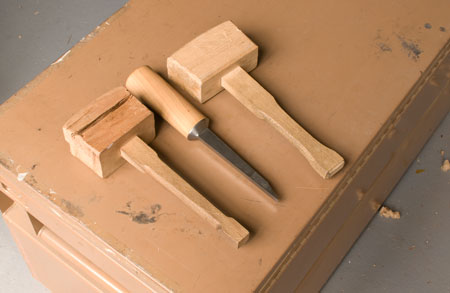|
|
|
 Joel's Blog Joel's Blog |
 Built-It Blog Built-It Blog |
 Video Roundup Video Roundup |
 Classes & Events Classes & Events |
 Work Magazine Work Magazine |
| Newer Entries... | |
 | Book Covers Pt. 2 - 06/30/2009 |
 | Book Covers - 06/24/2009 |
 | Always a Bridesmaid - Never A Bride - 06/21/2009 |
 | Full Spectrum Fluorescent Lighting - 06/16/2009 |
 | We are hosting a FESTOOL Demo Day on Wednesday June 24 - 06/12/2009 |
 | I'll Be Teaching Sharpening at Third Ward on June 25th - 06/09/2009 |
 | The Earliest Subscriber to an English Woodworking Magazine - 06/02/2009 |
 | Footprint Tools - The End of an Era - 05/26/2009 |
 | Mallet Soft - Handle Hard - 05/19/2009 |
 | What a 14th Century Treasure Trove! - 05/12/2009 |
 | Family History - 05/05/2009 |
 | On The Early History of Shoulder Planes - 04/27/2009 |
 | The Finest Waterfountain in New York City - Katz's - 04/22/2009 |
 | What is a Nagura Stone For? - 04/16/2009 |
 | More Stuff about Rasps - 04/09/2009 |
 | Saw Spectra - 04/03/2009 |
 | Our 10th Anniversary is here - 04/01/2009 |
 | Master Piano Casemaker to Work in Window of Steinway Hall, NY - 03/27/2009 |
 | Festool Parallel Guide - Best Idea Since Sliced bread - 03/12/2009 |
 | Hey - I'm Famous - 02/28/2009 |
| Older Entries... | |
|
Hours: M-F 9:00-5:00, closed Sat,Sun Our Guarantee & Return Policy Shipping and Sales Tax Info Privacy Policy Holiday Calendar |
|
Contact Us:
Email: support@toolsforworkingwood.com Phone: 800-426-4613 or 718-499-5877 Visit Us in Brooklyn: Directions to Our Showroom © 1999-2019 toolsforworkingwood.com Powered by 01 Inc. Coded entirely in NYC |




Then after lending it out to use with a hoop driver to tighten up a bunch of whiskey barrel bands, the face was really distorted. So I just cut off a little more than a half inch from each face, beveled the edges and it is probably good for the rest of my life. As I don't intend to loan it out again.
Stephen
I cut the angle used for my handles to half the depth of the handle thickness in each blank (two blanks to sandwiched together make a head). I drilled and counter-sunk clearance holes in one half of the head for appropriate deck screws and greased a broken handle head section and laid it in its mating shape in the other half of the head. Then covered the mating surface of one side with a long-cure epoxy, clamped the sides together to maintain alignment, then fastened with the deck screws. I knocked out the greased handle section and went on to the next.
I let the heads cure under a warm light overnight, let sit for a couple of days, created the final shape, inserted new handles and now have some pretty functional mallets. Not real beauties to look at, but very functional.
Best regards,
Ray